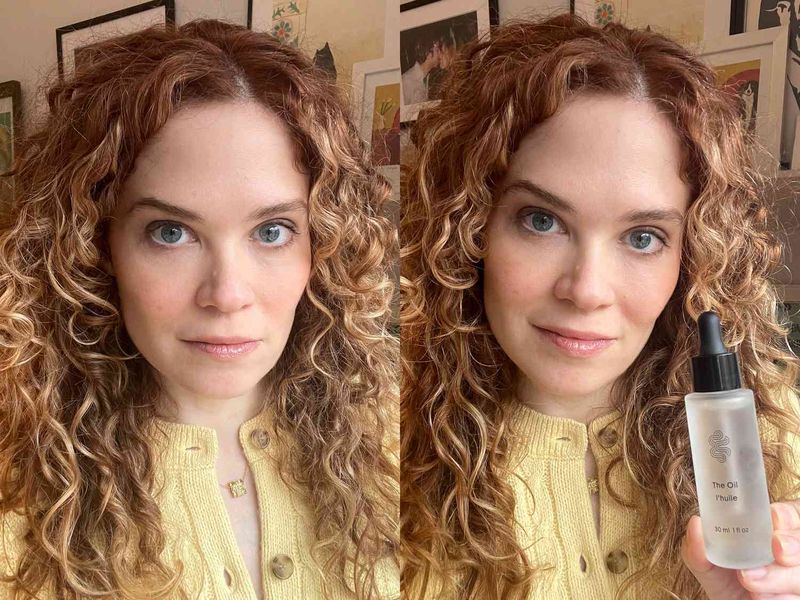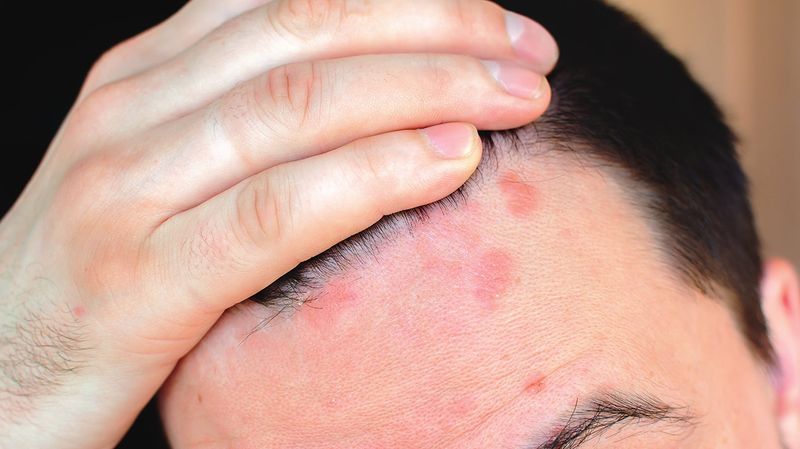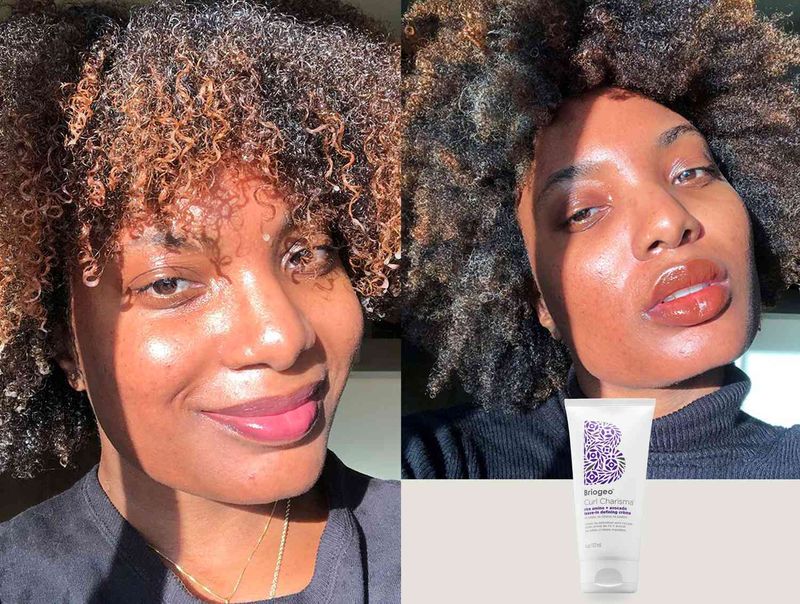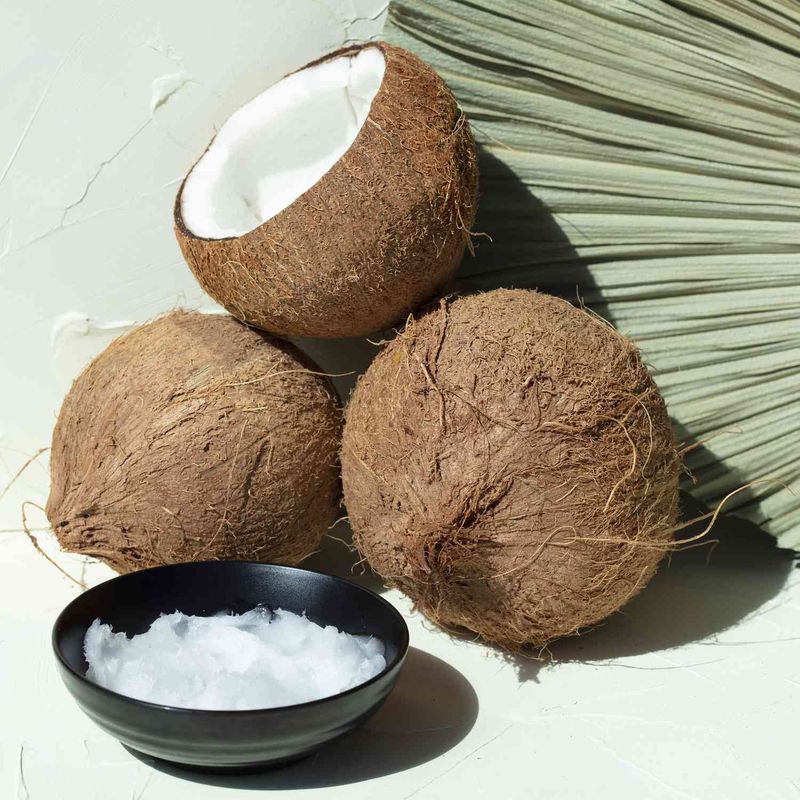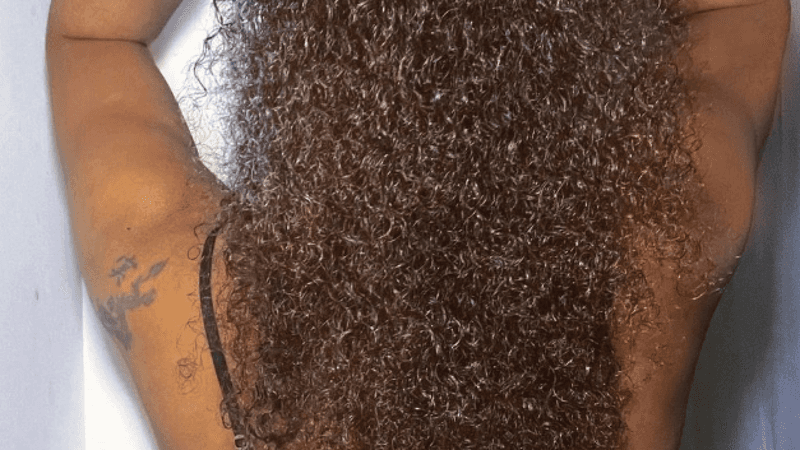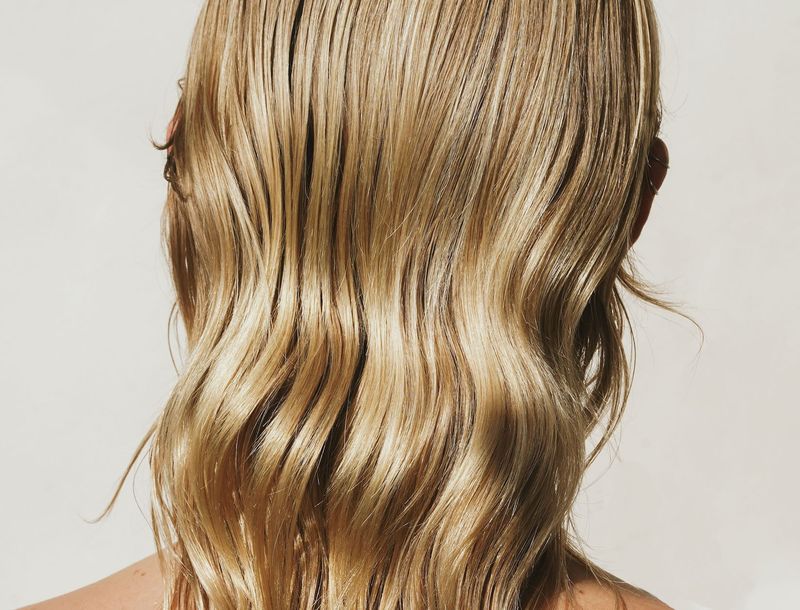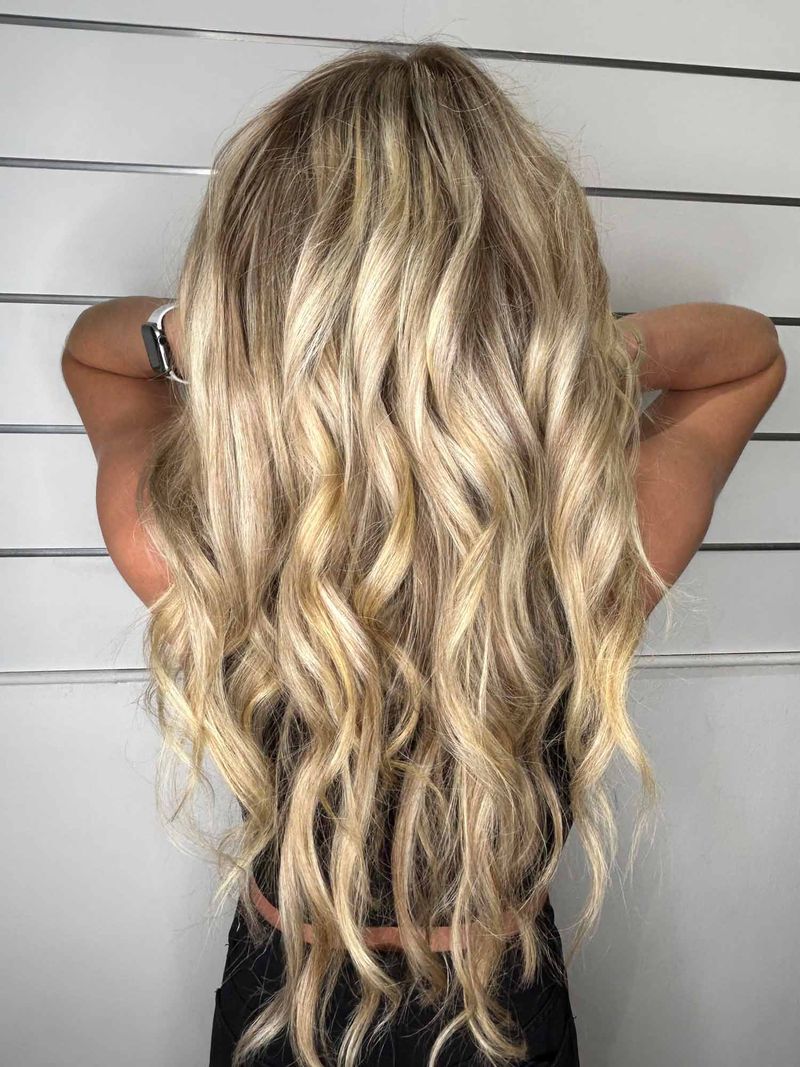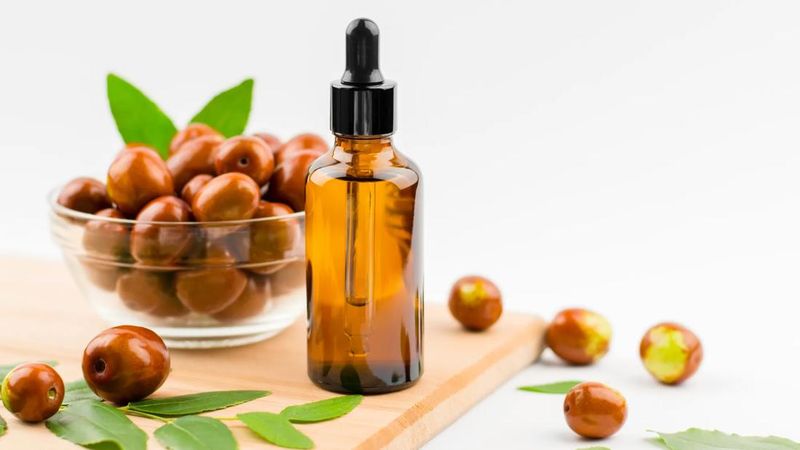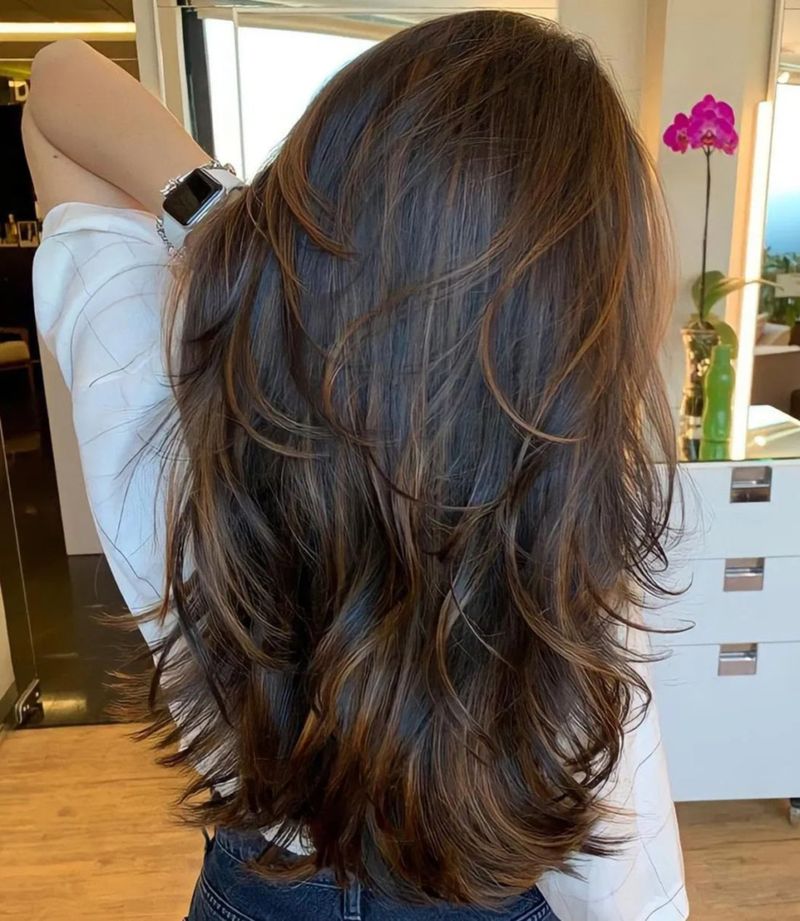Mineral oil is a common ingredient in many hair care products, from conditioners to styling serums. This colorless, odorless substance derived from petroleum has sparked both praise and controversy in the beauty world.
Whether you’re curious about trying it or looking for alternatives, understanding the complete picture of mineral oil can help you make informed choices for your hair care routine.
1. Seals in Moisture Beautifully
Mineral oil creates a protective barrier over hair strands, preventing moisture from escaping. This natural seal helps combat dryness, especially in harsh weather conditions or after heat styling.
Your locks stay hydrated longer, resulting in softer, more manageable hair.
Related: -15 Subtle Reasons People Stop Loving Their Hair as They Get Older
2. Budget-Friendly Hair Care Option
Unlike fancy hair oils that break the bank, mineral oil delivers similar results at a fraction of the cost. Many drugstore brands use it as their main ingredient.
You’ll save money while still giving your hair the nourishment it craves.
3. Potential Scalp Irritation Risk
Some people experience itching or redness when mineral oil touches their scalp. The occlusive nature can trap bacteria against sensitive skin, leading to uncomfortable reactions.
If you notice unusual discomfort after use, discontinue immediately and rinse thoroughly.
4. Incredible Detangling Powers
Knots and tangles become a thing of the past with mineral oil’s slippery texture. Just apply a small amount to wet or dry hair before combing.
The smooth coating helps your brush glide through troublesome areas without painful pulling or breakage.
5. Coconut Oil: Natural Alternative
Coconut oil offers similar benefits but with added nutrients that penetrate hair shafts. Its medium-chain fatty acids nourish from within rather than just coating the surface.
Many prefer its pleasant tropical scent over mineral oil’s odorless quality.
6. Non-Penetrating Formula Limitation
Unlike some natural oils, mineral oil molecules are too large to enter hair shafts. They sit on the surface instead of delivering nutrients to your hair’s inner structure.
This means the benefits are temporary rather than restorative over time.
7. Frizz-Fighting Superstar
Humidity doesn’t stand a chance against mineral oil’s protective barrier. A tiny dab smoothed over styled hair creates an invisible shield that blocks moisture from causing frizz.
Even on rainy days, your style stays sleek and controlled without that dreaded poofiness.
8. Environmental Concerns Exist
Being petroleum-derived, mineral oil isn’t biodegradable and can contribute to water pollution. Production processes may also release greenhouse gases.
Environmentally conscious consumers might prefer plant-based alternatives that have less ecological impact.
9. Argan Oil: Nutrient-Rich Substitute
Moroccan argan oil delivers vitamin E and antioxidants directly to hair. Unlike mineral oil, it absorbs fully without residue, making it ideal for fine hair types.
The natural nutty scent adds a pleasant sensory element to your hair care routine.
10. Heat Protection Properties
Applying mineral oil before using hot tools creates a buffer between your hair and damaging heat. This protective layer helps prevent split ends and breakage from styling tools.
Many heat protectant sprays contain mineral oil for this very reason.
11. Product Buildup Possibility
Heavy or frequent mineral oil use can lead to residue accumulation on hair. This buildup might make strands look greasy and feel weighed down over time.
Clarifying shampoos become necessary to remove the coating and restore natural bounce.
12. Jojoba Oil: Structurally Superior Choice
Jojoba oil mimics your scalp’s natural sebum, making it incredibly compatible with hair. The molecular structure allows it to balance oil production rather than just coating strands.
It’s particularly beneficial for those with oily roots but dry ends.
13. Colorfast Protection Advantage
Mineral oil helps lock in hair dye molecules, preventing them from washing out quickly. Many color-protecting products include it specifically for this purpose.
Your vibrant hair color stays true longer, requiring fewer touch-ups and saving money at the salon.
14. Comedogenic Concerns for Hairline
Mineral oil can clog pores where hair meets skin, potentially causing breakouts along your hairline or forehead. Those with acne-prone skin should apply carefully, avoiding the face and scalp edge.
Always cleanse thoroughly after use to prevent pore blockage.
15. Grapeseed Oil: Light Alternative Option
Grapeseed oil offers similar shine without the heaviness of mineral oil. Its lightweight consistency makes it perfect for fine or thin hair that gets weighed down easily.
Rich in antioxidants, it also provides additional health benefits mineral oil cannot match.



